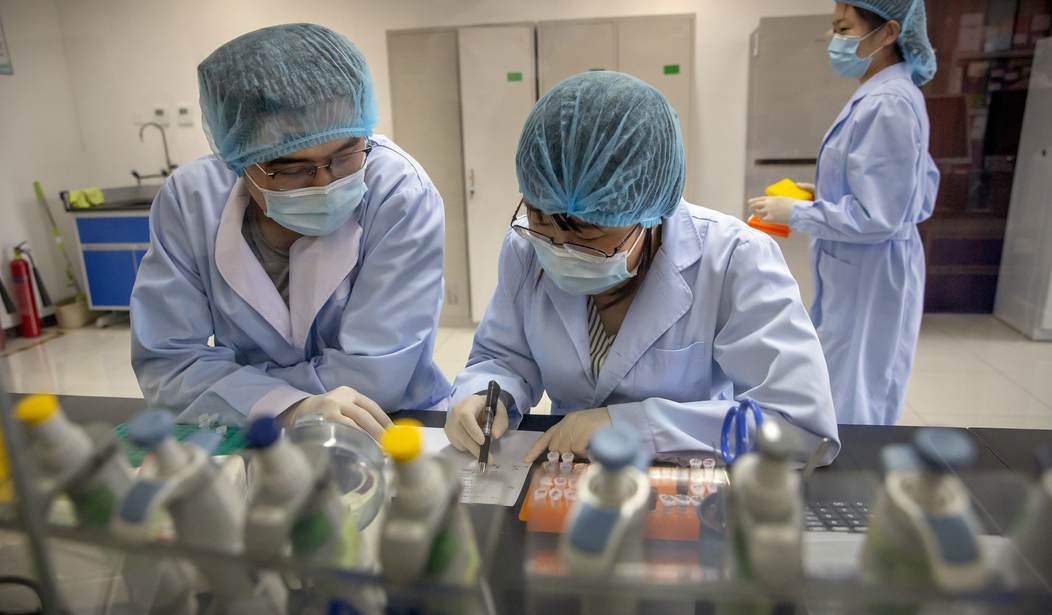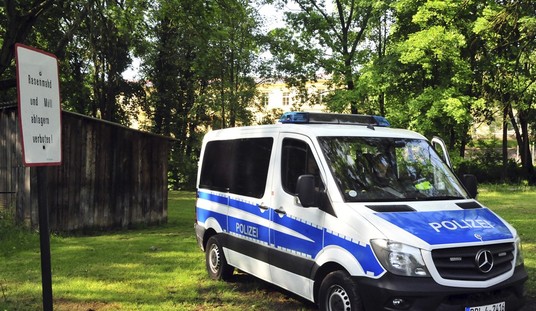The picture keeps brightening despite the scary case numbers.
The catch with these results, though, is that the researchers can’t be sure if Omicron is intrinsically less severe than Delta or if it’s just a johnny-come-lately, spreading among a population that has much more natural immunity now than it did when Delta arrived in South Africa earlier this year. If you have immunity due to vaccination or prior infection, that distinction is academic to you: Whatever’s driving the drop in severity, Omicron should be less severe for you too.
But if you don’t have immunity, it matters a lot. A variant that’s intrinsically less severe will send fewer unvaccinated people to the hospital but a variant that only looks less severe because it’s circulating in a population with high immunity won’t.
“SGTF” in the excerpt below stands for “S gene target failure,” a reference to Omicron’s genetic signature on a lab PCR test. One of the things the lab looks for to confirm the presence of SARS-CoV-2 is the virus’s “S gene.” Previous variants had that gene but it’s disappeared in the new variant due to mutations. So when scientists see a positive test but no sign of the “S” — i.e. SGTF — they know they’re dealing with Omicron. When they see a positive that indicates the presence of the “S gene,” that’s Delta. Quote:
Among individuals with SGTF infection diagnosed between 1 October – 30 November 2021, 2.5% (261/10,547) were admitted to hospital, compared to 12.8% (121/948) of individuals with non-SGTF infection (P<0.001). On multivariable analysis, after controlling for factors associated with hospitalisation, individuals with SGTF infection had lower odds of being admitted to hospital compared to non-SGTF infections (adjusted odds ratio (aOR) 0.2, 95% confidence interval (CI) 0.1-0.3) (Table 1)…
Among hospitalised individuals, 90.8% (1,037/1,142) had accumulated in-hospital outcome by 21 December 2021. After controlling for factors associated with severe disease, SGTF infections diagnosed between 1 October and 30 November 2021 compared to Delta infections diagnosed between April and November 2021 had a lower odds of severe disease (aOR 0.3, 95% CI 0.2-0.5) (Table 3).
The “aOR” is the “adjusted odds ratio.” In plain English: “When compared to non-SGTF infections, we found that SGTF infections had an 80% lower odds being admitted to hospital…. When compared to Delta infections, SGTF infections were associated with a 70% lower odds of severe disease. In addition, we found that early Omicron wave infections had a significantly lower mean PCR Ct-value compared to early Delta wave infections, which may reflect higher viral loads in Omicron infected individuals.”
All of that jibes with the anecdotal evidence coming out of South Africa and even the biological evidence observed in respiratory tissue tested in Hong Kong and Cambridge. Omicron replicates with tremendous volume in the bronchus, 70 times more than Delta, which may explain why patients have high viral loads. But it replicates much less efficiently than Delta in the lungs, which may explain why a far smaller share of patients are landing in the ER.
Very encouraging — but there’s a second catch. The study found that if someone does get sick enough from Omicron to need hospital care, their risk of ultimately developing severe illness is no lower than if they had Delta. That may be a clue that the non-immune are in some jeopardy from Omicron. In someone with prior immunity, antibodies may shut down the spread of the variant before it can do systemic damage. In someone who lacks immunity, Omicron may be able to establish enough of a beachhead to generate a bad outcome.
Bottom line: Immunity is a good thing. Israel began its booster campaign months ago, raising the possibility that the immunity conferred by third doses might now be waning at an inopportune moment, particularly in senior citizens. And so…
Israel will recommend a 4th booster shot to people above the age of 60
— Eran Segal (@segal_eran) December 21, 2021
Better safe than sorry. Note, however, that the fourth dose is only for senior citizens for now. Third doses are holding up well across the general population:
It is over 5 months since Israel began offering booster shots (thus, why they are beginning to offer FOURTH shots to some).
Worth pointing out: among those over 60, boosters ("vaccinated" in chart) continue to provide VERY STRONG protection against severe disease & death. pic.twitter.com/NR2BnlUkiy
— (((Howard Forman))) (@thehowie) December 21, 2021
New York City is America’s Omicron hot spot but it’s also heavily vaccinated and increasingly boosted, which may help explain the data below. When Biden said today that it’s not March 2020, he wasn’t kidding. New Yorkers understand that better than anyone:

If Omicron ends up sputtering out in NYC, we’ll be left with the same mystery facing South Africa’s researchers. Was it a dud because it’s innately less mild or was it a dud because the wall of immunity in New York was too high for it to scale? The acid test will be when it arrives in low-vaccinated rural areas and begins spreading there. Although, conceivably, the high level of natural immunity in some of those communities will cut the legs out from under it the same way it seems to be doing in South Africa.
I’ll leave you with this encouraging assessment from a hospital exec in New York State. No signs of a hospital crisis at the moment.
JUST NOW: "We're doing very, very well. Very manageable. There's no crisis. We have about 460 patients in our hospitals. That's less than 10% of our overall capacity."@NorthwellHealth CEO @MichaelJDowling on Hospital situation in New York. pic.twitter.com/JGXJahwMBy
— John Berman (@JohnBerman) December 21, 2021








Join the conversation as a VIP Member